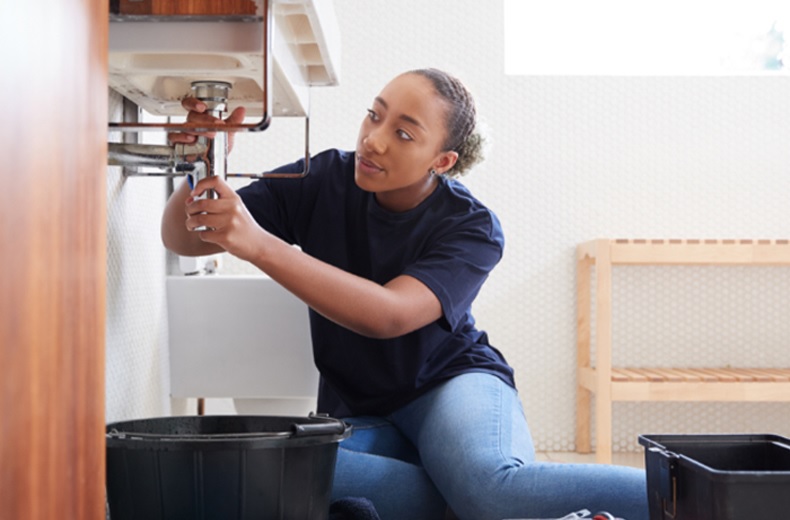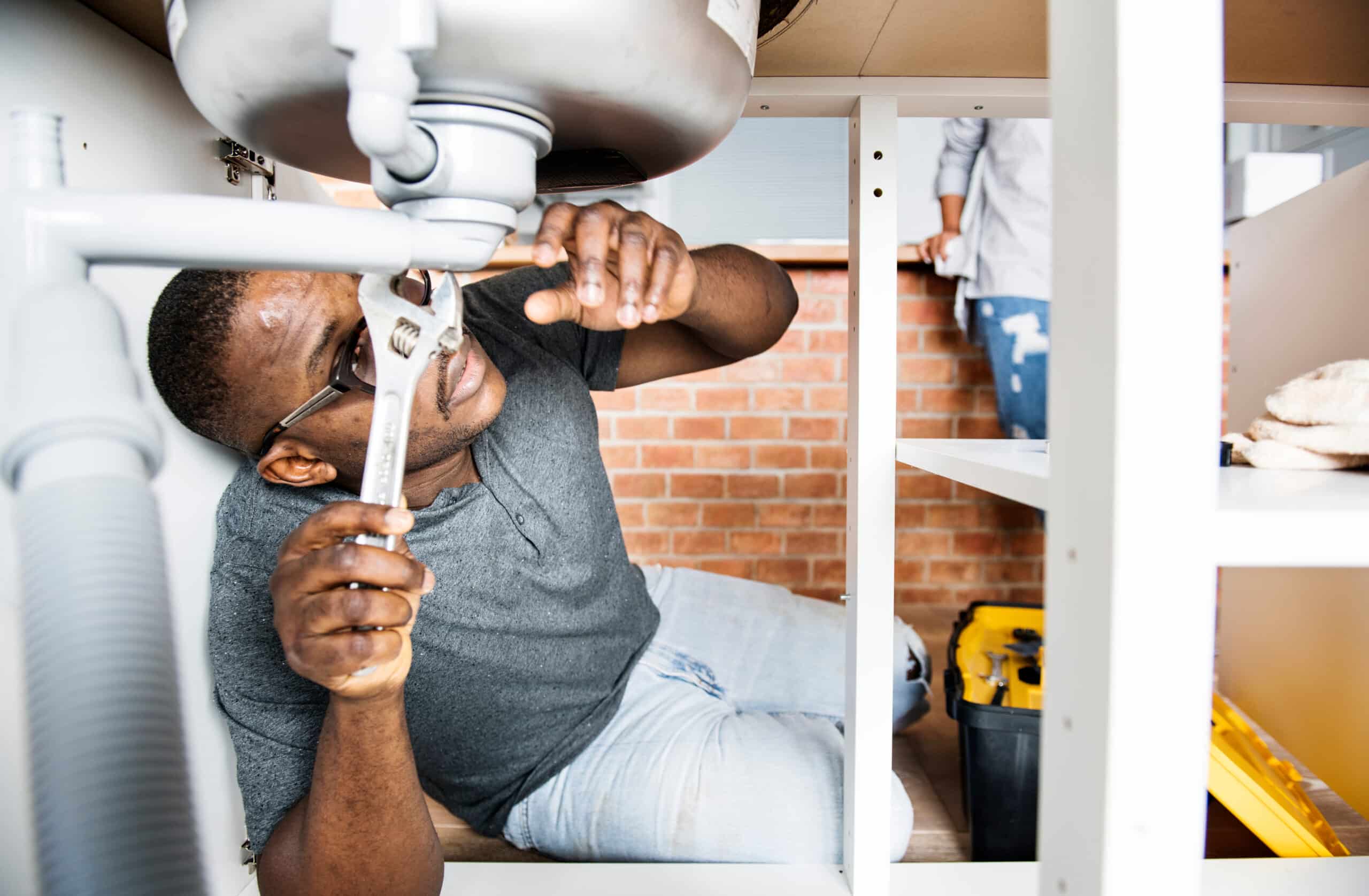Trusted Plumbing Services Alabaster AL for All Your Repair works
Trusted Plumbing Services Alabaster AL for All Your Repair works
Blog Article
A Detailed Overview to Efficient Hot Water Heater Installment for Optimal Performance
Embarking on the job of installing a water heating system is a venture that requires accuracy and an organized approach for attaining optimal efficiency. As you continue, the intricacies of attaching water supply lines and setting up dependable electric or gas connections wait for, promising insights right into guaranteeing performance and reliability.
Choosing the Right Water Heating Unit

Next, think about the dimension and capacity of the hot water heater. It's essential to analyze your household's warm water requirements, which can differ based on the number of occupants and their use patterns. An unit that's also little might cause insufficient warm water, while a large version might cause unneeded energy intake.
Performance rankings additionally play a pivotal duty in selection. Search for hot water heater with high Energy Element (EF) scores, showing exceptional performance and minimized energy use. Tankless versions, though usually a lot more expensive in advance, deal substantial energy financial savings over time as a result of their on-demand home heating capabilities.
Preparing the Setup Area
Prior to installing a brand-new water heater, thorough preparation of the installation location is important. It's vital to gauge the space meticulously to fit the water heating system's dimensions, ensuring appropriate clearance around the system for efficient operation and maintenance.
Examine the floor for security, as the water heating unit will certainly require a solid, degree surface to run successfully. If essential, mount a drip pan beneath the unit to capture prospective leaks or spills, stopping water damage to the surrounding location.
In addition, guarantee that all essential tools and products are on hand prior to commencing the installment. This includes products such as wrenches, screwdrivers, a degree, and any additional equipment required for installing and securing the heating system. A well-prepared installment location establishes the foundation for an effective water heater arrangement, enhancing efficiency and safety.
Connecting Water System Lines
When attaching supply of water lines to your newly set up water heater, it is crucial to make certain that all connections are leak-free and safe to keep reliable operation and protect against water damages. Begin by recognizing the hot and chilly water system lines. The cold water inlet is normally noted with a blue tag or a "C", while the warm water electrical outlet is noted with a red tag or an "H".
Use flexible water heater ports to help with a much easier installment procedure. Before affixing the adapters, position a plumbing professional's tape around the threaded ends of the water heater's inlet and outlet pipelines.
When links are in place, slowly activate the major supply of water shutoff. Inspect each link for leaks by aesthetically examining and feeling for moisture. Tighten up links as essential, and make certain the stress safety valve is properly installed, safeguarding against extreme pressure accumulation.
Establishing Up Electrical or Gas Links
Properly establishing up the electric or gas connections for your water heating system is a vital step to guarantee secure and reliable operation. For electrical water heaters, begin by verifying that the electric circuit works with the heating unit's voltage and amperage demands. Make certain the power supply is shut off at the circuit breaker to stop accidents. Attach the electric wires to the heating unit following go to my blog the supplier's circuitry layout. Usually, this includes attaching the ground cable to the green terminal, and the staying wires to their matching terminals, protecting each with cord nuts.
For gas hot water heater, safety and security is extremely important. Verify that the gas supply is off before continuing. Connect the gas line to the hot water heater making use of a versatile gas port, ensuring it is effectively threaded and sealed with pipeline joint substance or Teflon tape ideal for gas links. Tighten the links with a wrench, making sure not to over-tighten (Drain Cleaning Alabaster AL).
As soon as links are made, check for any type of possible leakages. For gas lines, apply a soapy water service to the joints; bubbles indicate a leakage. For electrical links, verify that all wiring is safe and secure and correctly insulated, keeping conformity with local electric codes.
Changing and testing for Performance
With the electrical and gas connections firmly in place, the following action is assessing the operational effectiveness of your water heating unit. Begin by thoroughly turning on the water supply and making certain there are no leaks at any of the valves or joints.
Following, do a thorough inspection to guarantee the heating aspects or gas heaters are operating properly. For electrical heating systems, use a multimeter to confirm if the elements are attracting the appropriate current. In gas designs, observe the heater fire; it needs to be blue and consistent, suggesting reliable combustion.
Adjust the settings as essential to remove inadequacies. Think about carrying out insulation steps, such as including a hot water heater covering, to even more boost performance by decreasing warm loss. Additionally, inspect the anode pole's condition, as a scrubby pole can decrease efficiency and result in tank deterioration.
Conclusion
Reliable water heating system setup is important for ensuring ideal performance and energy savings. By selecting the appropriate type and dimension, and meticulously preparing the installation area, a foundation for success is established. Safely attaching water lines and thoroughly establishing electrical or gas links reduce potential concerns. Comprehensive testing for leakages and precise thermostat modifications to 120 ° F enhance reliability and efficiency. Complying with these steps advertises long-term capability and energy preservation in household water home heating systems.

Correctly establishing up the electric or gas links for your water heating unit is a critical action to ensure effective and risk-free operation. For official source electrical water heaters, look at this site begin by validating that the electric circuit is compatible with the heater's voltage and amperage demands. Link the gas line to the water heater making use of a flexible gas adapter, ensuring it is correctly threaded and secured with pipe joint compound or Teflon tape suitable for gas connections.
Report this page